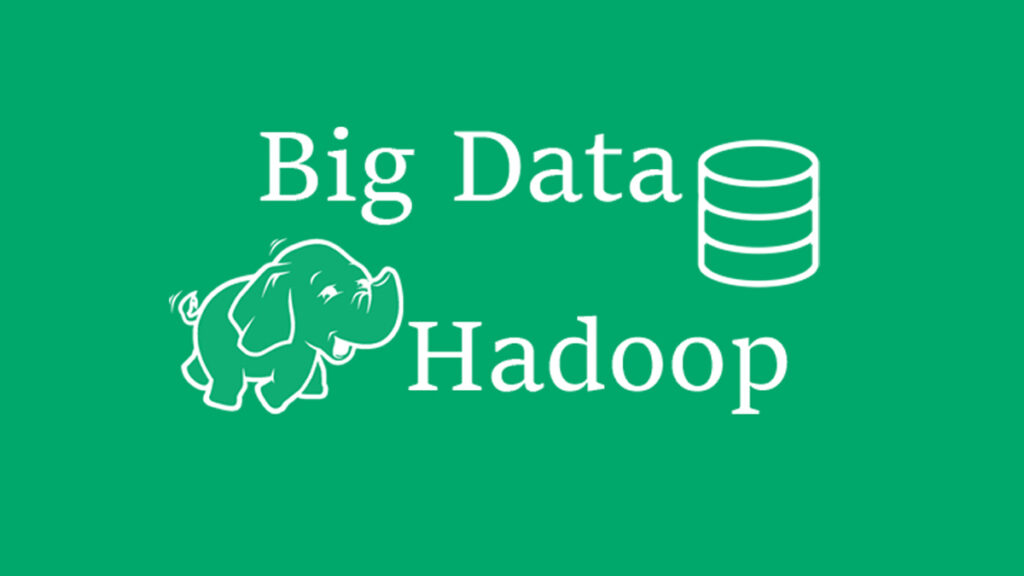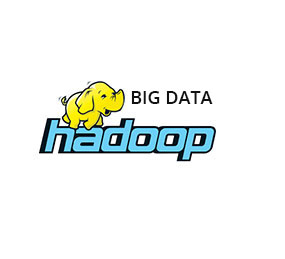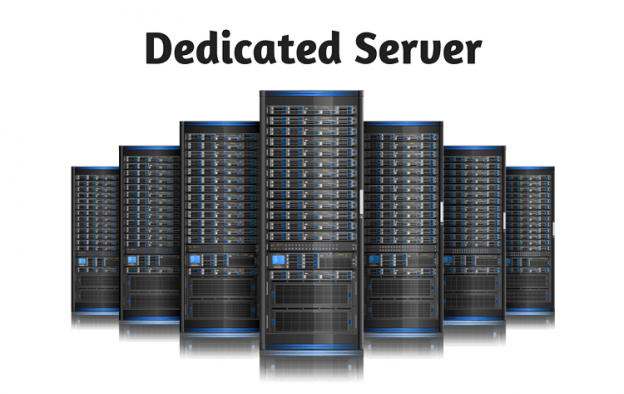Big Data and Hadoop

Unveiling the Enigma: What is Big Data and Why Should You Care?
Imagine a leviathan, rising from the depths of cyberspace. Its tentacles twist and writhe, laden with terabytes of data, a maelstrom of information swirling around its core. This, my friends, is Big Data, a force reshaping our world, its ripples felt across every industry, and every discipline. It’s not just about size; it’s about velocity, variety, and the dizzying potential it holds. But within this churning vortex lies a paradox: a treasure trove of insights waiting to be unearthed, yet shrouded in complexity, overwhelming traditional tools like rowboats caught in a data tsunami.
From Gigabytes to Petabytes: The Data Deluge and its Challenges
Gone are the quaint days of floppy disks and megabytes. Big Data laughs at such quaint measures, its volume measured in petabytes, exabytes, a digital Everest demanding new climbing gear. Spreadsheets, once trusty companions, now resemble handkerchiefs trying to mop up a hurricane. Traditional databases sputter and drown, their rigid structures ill-equipped for the amorphous shapes and fluid velocities of this digital kraken. We need a new vessel, a leviathan to match the beast, a framework that thrives on chaos, that wrestles the messy brilliance of Big Data into submission.
Beyond Spreadsheets: Why Traditional Tools Drown in Big Data
Picture a meticulously manicured garden, each flower labeled and pruned. Big Data, however, is a wild jungle, teeming with exotic flora and fauna, defying categorization. Traditional tools, built for order and predictability, crumble before their untamed ecosystem. We need a framework that celebrates disorder, that dances with the unpredictable, that not only stores but extracts meaning from the cacophony of data. Enter Hadoop, the behemoth of the Big Data world, ready to tame the Information Kraken.
Hadoop: The Superhero Landing in the Dataverse
Hadoop isn’t just software; it’s a superhero landing in the database, a cape of distributed computing billowing behind it. Its superpower? The ability to break down Big Data into bite-sized tasks and distribute them across a cluster of computers, each one crunching away at the information like a team of ants dismantling a fallen tree. This parallel processing, Hadoop’s secret weapon, allows us to conquer the computational Everest that Big Data presents.
Meet the Big Guy: A Crash Course in Hadoop and its Ecosystem
Think of Hadoop as a bustling metropolis, a hive of interconnected components working in concert. HDFS, the Hadoop Distributed File System, is the sprawling urban sprawl, efficiently storing data across the cluster. MapReduce, the city’s tireless workforce, divides data into manageable tasks, processes them individually, and then recombines them like puzzle pieces to form a coherent picture. And let’s not forget the dynamic duo of Hive and Pig, the data-wrangling architects who build warehouses and pave pipelines for smooth information flow. This is just a glimpse into the bustling ecosystem of Hadoop, a metropolis teeming with tools and technologies waiting to be explored.
Distributed Muscle: How Hadoop Spreads the Data Processing Load
Imagine trying to lift a car by yourself. Now imagine an army of ants, each bearing a fraction of the weight, effortlessly carrying the vehicle across the terrain. That’s the magic of Hadoop’s distributed processing. By splitting Big Data into bite-sized tasks and distributing them across a cluster of computers, Hadoop leverages the collective muscle of the network, transforming what was once an insurmountable challenge into a manageable feat. It’s like having a team of data Olympians working for you, their computational prowess at your beck and call.
HDFS: The Elephant in the Room – Storing Big Data Efficiently
Storing Big Data isn’t like putting away your grandmother’s china. You need a robust, flexible container that can handle the sheer volume and variety of information. HDFS, Hadoop’s Distributed File System, is that container, an elephant in the data center, ready to house the petabyte payloads of Big Data. HDFS replicates data across the cluster, ensuring redundancy and resilience, like scattering seeds across fertile ground to guarantee a bountiful harvest. It’s a storage masterpiece, architected for scalability and fault tolerance, ensuring that your precious data treasures are always safe and sound.
MapReduce: The Mastermind Behind the Processing Power
Divide and Conquer: Breaking Down Big Data into Bite-Sized Tasks
Imagine a chef facing a mountain of vegetables. Instead of panicking, she meticulously chops, slices, and dices, transforming the chaotic whole into manageable pieces. MapReduce, Hadoop’s processing mastermind, takes a similar approach. It tackles Big Data, not head-on, but by strategically dividing it into bite-sized tasks called “map” functions. These functions, like culinary knives, transform raw data into a more palatable form, extracting key characteristics and preparing them for further analysis. It’s the art of deconstructing complexity, of reducing the overwhelming into manageable morsels.
Map It Out Transforming Raw Data into Meaningful Units
Think of the “map” phase as the first brushstroke on a canvas. Each map function takes a portion of the data and paints it with a specific color, extracting relevant features and attributes. It might identify keywords in a document, calculate averages in a financial dataset, or extract sentiment from social media posts. These initial transformations are like preliminary sketches, giving shape and meaning to the raw data, and preparing it for the grander picture.
Shuffle and Sort: Organizing the Chaos for Efficient Reduction
Now, picture the chef’s workspace after the chopping frenzy. Vegetables lie scattered, a rainbow of diced goodness. Before cooking, however, she needs to organize this culinary chaos. Similarly, after the “map” phase, Hadoop shuffles and sorts the transformed data, grouping similar elements like birds of a feather flocking. This sorting isn’t just for aesthetics; it’s crucial for the next phase, where efficient analysis can be performed. Imagine trying to analyze all the diced carrots scattered across the counter! Sorting brings order to the chaos, paving the way for a delicious data-driven meal.
Reduce to the Essence: Combining Results to Uncover Insights
The “reduce” phase is the master chef bringing it all together. Just as she combines and cooks the prepped ingredients, the “reduce” function takes the sorted data and distills it into meaningful insights. It might calculate the total number of positive sentiment tweets, identify frequent patterns in customer behavior, or uncover hidden correlations within scientific datasets. This is where the magic happens, where the raw data transforms into actionable knowledge, the scattered pieces forming a coherent and illuminating picture.
Beyond MapReduce: A Buffet of Big Data Tools
Hadoop isn’t a one-size-fits-all kitchen; it’s a bustling culinary marketplace offering a diverse buffet of tools. While MapReduce excels at certain tasks, other specialized tools cater to specific data types and analysis needs. Hive, for instance, builds structured data warehouses, like meticulously organized pantries, facilitating efficient querying and analysis. Pig, meanwhile, acts as a scripting wizard, crafting custom data flows like delectable recipes, tailored to unique analytical challenges. HBase, the NoSQL hero, excels at handling unstructured data, like the vibrant spices that add depth and complexity to a dish. And Spark, the lightning bolt of the Big Data world, offers blazing-fast processing power, ideal for real-time analysis and machine learning tasks.
Real-World Examples: Hadoop Flexing its Muscles
Hadoop isn’t just a theoretical marvel; it’s flexing its muscles across diverse industries, transforming the way we work and live. Retail giants analyze customer behavior data to predict trends and optimize inventory, while genomics researchers unlock the secrets of the human genome, paving the way for personalized medicine. In healthcare, Big Data analysis helps identify.
Real-World Examples: Hadoop Flexing its Muscles
Hadoop isn’t just a theoretical marvel; it’s flexing its muscles across diverse industries, transforming the way we work and live. Here are just a few examples of how Hadoop is being used to solve real-world problems:
- Retail: Retailers like Walmart and Amazon use Hadoop to analyze vast amounts of customer data, such as purchase history, website interactions, and social media sentiment. This data can be used to predict trends, optimize inventory, and personalize customer experiences.
- Healthcare: Healthcare organizations use Hadoop to analyze medical records, genomic data, and environmental factors. This data can be used to identify disease outbreaks, develop personalized treatment plans, and improve patient care.
- Financial services: Financial institutions use Hadoop to analyze financial transactions, risk data, and customer behavior. This data can be used to prevent fraud, manage risk, and optimize investment strategies.
- Government: Governments use Hadoop to analyze data from a variety of sources, such as social media, traffic cameras, and environmental sensors. This data can be used to improve public safety, manage infrastructure, and make informed policy decisions.
These are just a few examples of the many ways that Hadoop is being used to solve real-world problems. As the volume and complexity of data continue to grow, Hadoop is becoming an essential tool for businesses and organizations of all sizes.
Taming the Beast: Challenges and Considerations
While Hadoop offers a powerful solution for Big Data, it’s important to be aware of the challenges and considerations involved. Here are a few things to keep in mind:
- Security: Hadoop stores and processes sensitive data, so it’s important to implement appropriate security measures to protect that data.
- Skills gap: There is a growing skills gap in the Big Data field, so it can be challenging to find qualified personnel to manage and maintain Hadoop deployments.
- Infrastructure costs: Hadoop can be expensive to implement and maintain, so it’s important to carefully consider your needs before investing in a Hadoop deployment.
The Future of Big Data and Hadoop: Evolution or Revolution?
The future of Big Data and Hadoop is uncertain, but there are a few trends that are likely to shape the landscape. Here are a few things to watch for:
- The rise of artificial intelligence (AI) and machine learning (ML): AI and ML are becoming increasingly important for Big Data analysis, and Hadoop is well-positioned to support these technologies.
- The growth of real-time analytics: Real-time analytics is becoming increasingly important for businesses that need to make quick decisions based on data. Hadoop is well-suited for real-time analytics, but it’s important to choose the right tools and technologies for your specific needs.
- The increasing use of cloud computing: Cloud computing is becoming a more popular option for Big Data deployments, as it offers scalability, flexibility, and cost-effectiveness.
As Big Data continues to evolve, Hadoop is likely to play a key role in helping businesses and organizations make sense of the vast amounts of data they collect.





